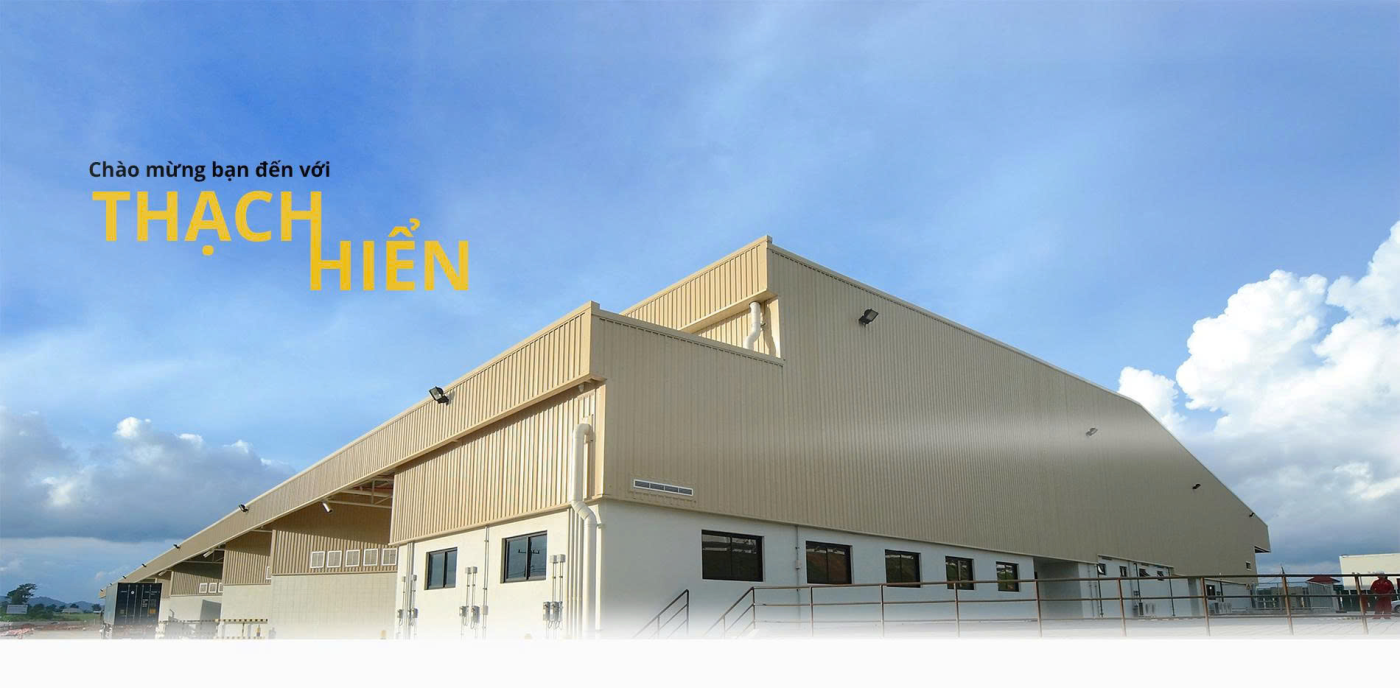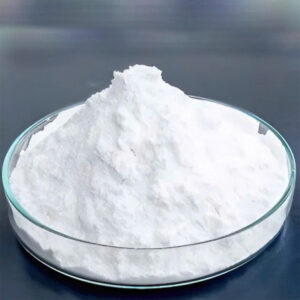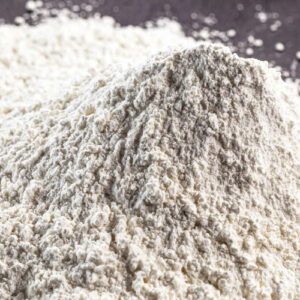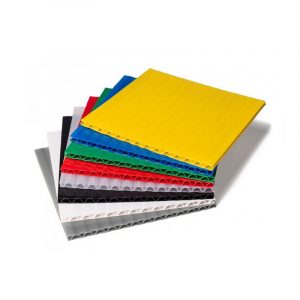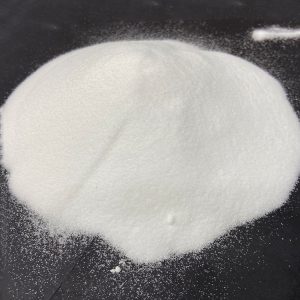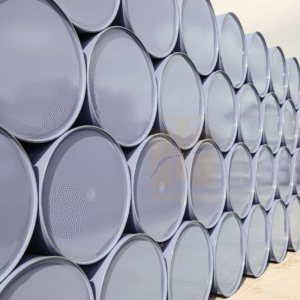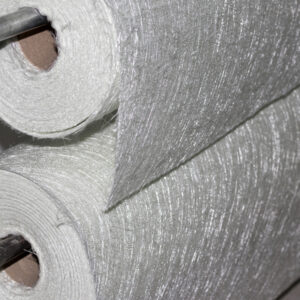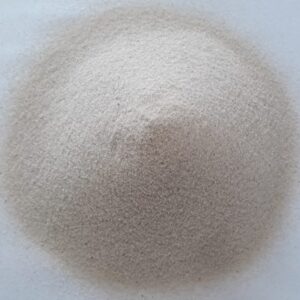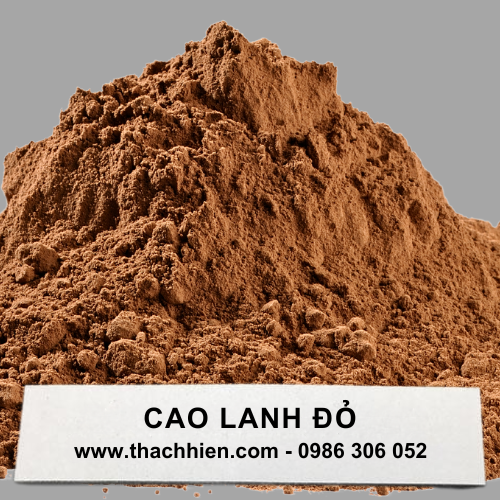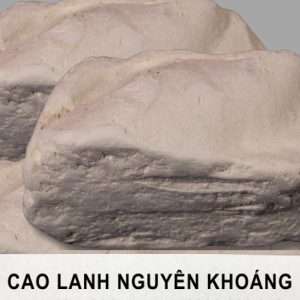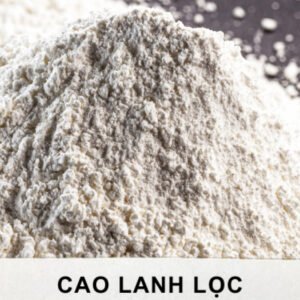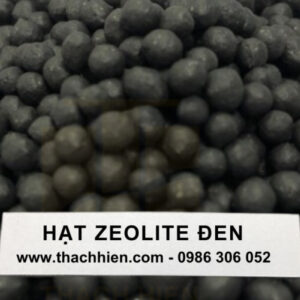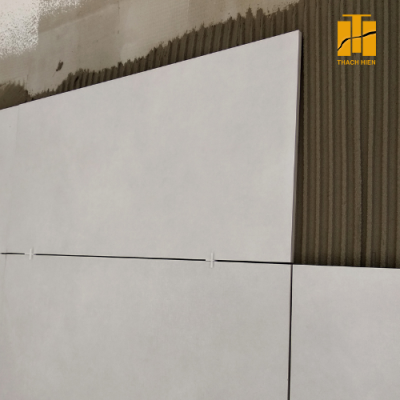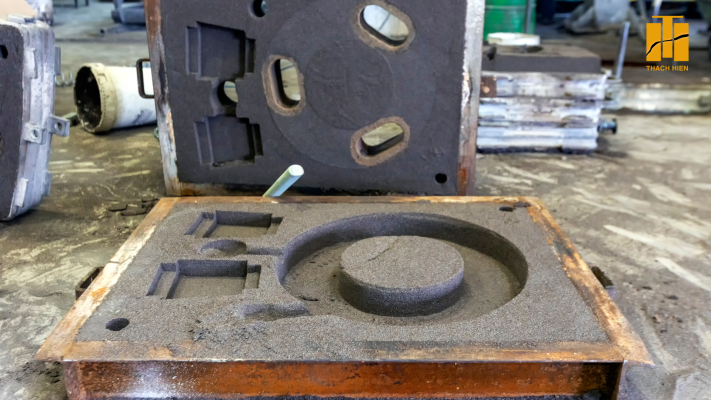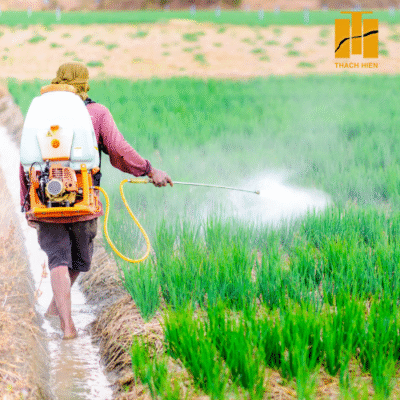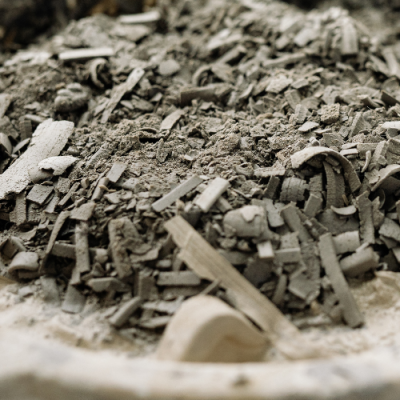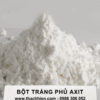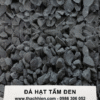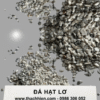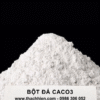What is kaolin?
Kaolin has the English name Kaolin, and is also known as kaolin soil. Kaolin is a very special type of clay that is white, very friable and can withstand high temperatures. In the industry, kaolin also plays an important role in the production of ceramics, tiles, heat-resistant materials, grinding stones, alum, rubber, white cement, fertilizers, pesticides, etc.
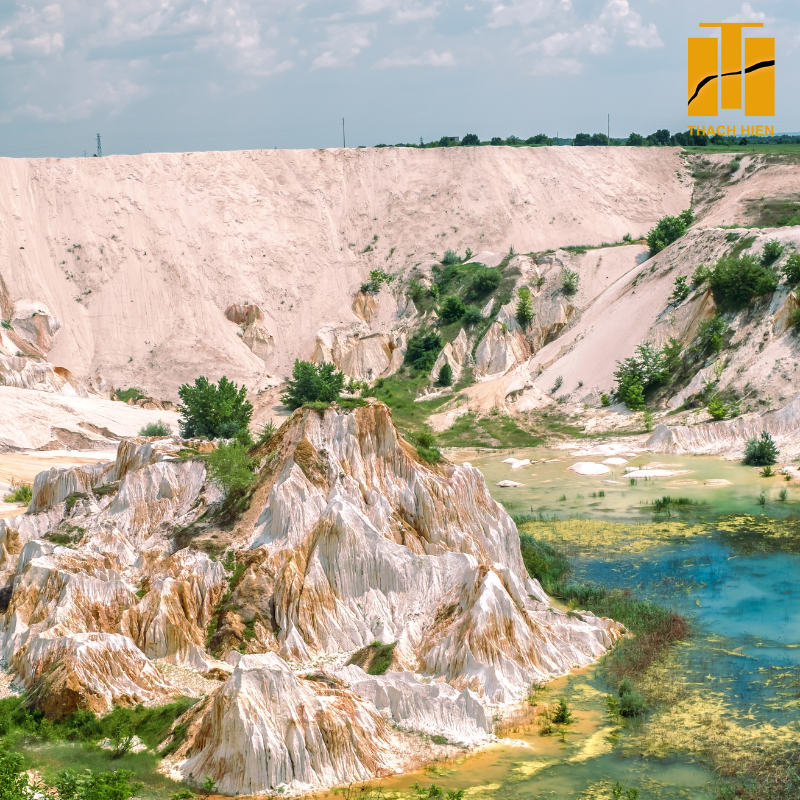
Properties of Kaolin
| RECIPE | Al 2 O 3 .2SiO 2 .2H 2 O or Al 4 (OH) 8Si 4 O 10 |
| SPECIFIC GRAVITY | 2.58-2.60 g/cm 3 |
| HARDNESS | About 1 on the Mohs scale |
| Melting Temperature | 1,750-1,787 o C |
Kaolin classification
Based on color and product properties, at Thach Hien we have 4 types of kaolin including:
– Mineral kaolin
– Ground kaolin
– Filtered kaolin
– Super fine filtered kaolin
Depending on the purpose of use, kaolin powder is ground to different finenesses, meeting customer needs. We provide kaolin products according to customers’ own standards.
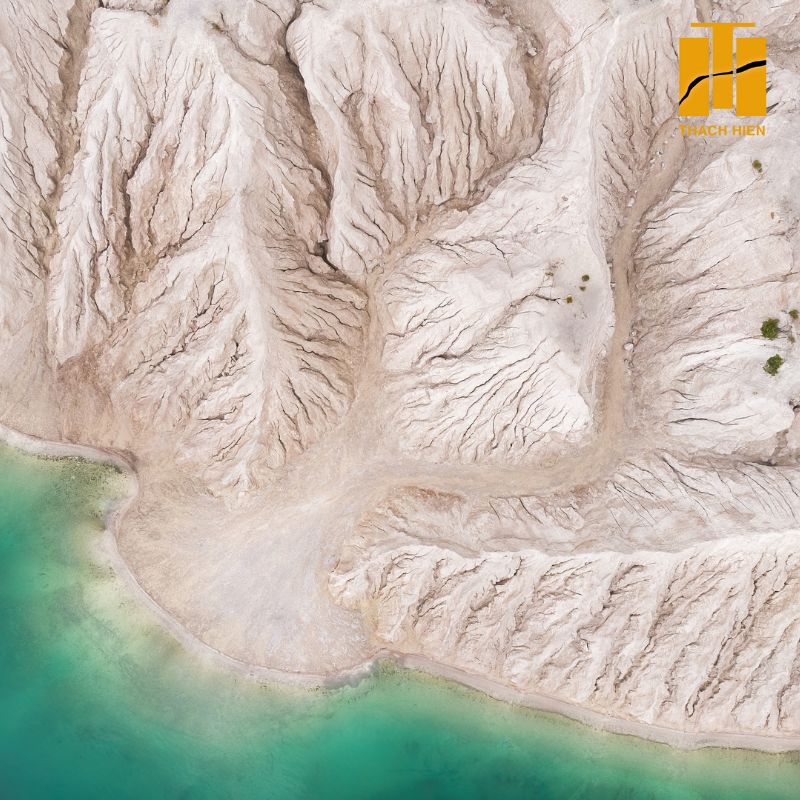
Applications of Kaolin
Ceramic production sector
Kaolin used in ceramic production is classified according to refractory strength, Al 2 O 3 + TiO 2 content , sintering temperature, color oxide content, plasticity, diffusion density and large-capsule content.
- Based on refractory temperature, kaolin is classified into very high refractory (above 1,750 0 C), high (above 1,730 0 C), medium (above 1,650 0 C) and low (above 1,580 0 C).
- According to the composition Al 2 O 3 + TiO 2 , in the heated state at high temperature, kaolin is classified into Super Basic, High Basic, Basic, or Acid.
- According to the degree of sintering, it is divided into low temperature sintering (up to 1,100 0 C), medium temperature sintering (1,100-1,300 0 C) and high temperature sintering (above 1,300 0 C).
- In addition, people also rely on the plasticity of the product to divide kaolin into highly plastic, medium plastic, low plastic, less plastic and non-plastic kaolin.
To evaluate the quality of kaolin used in the ceramic manufacturing industry, it is necessary to rely on the properties and technical specifications of the industry.
For example: The best raw material for making Acid-resistant ceramics is kaolin which does not contain calcite, gypsum, pyrite, coarse dispersion material, does not contain much sand, has high adhesion and plasticity. The iron oxide content for important products should not exceed 1.5%, and for less important products it should not exceed 3%. The calcium oxide content should not exceed 1% for important products and not exceed 2% for less important products.
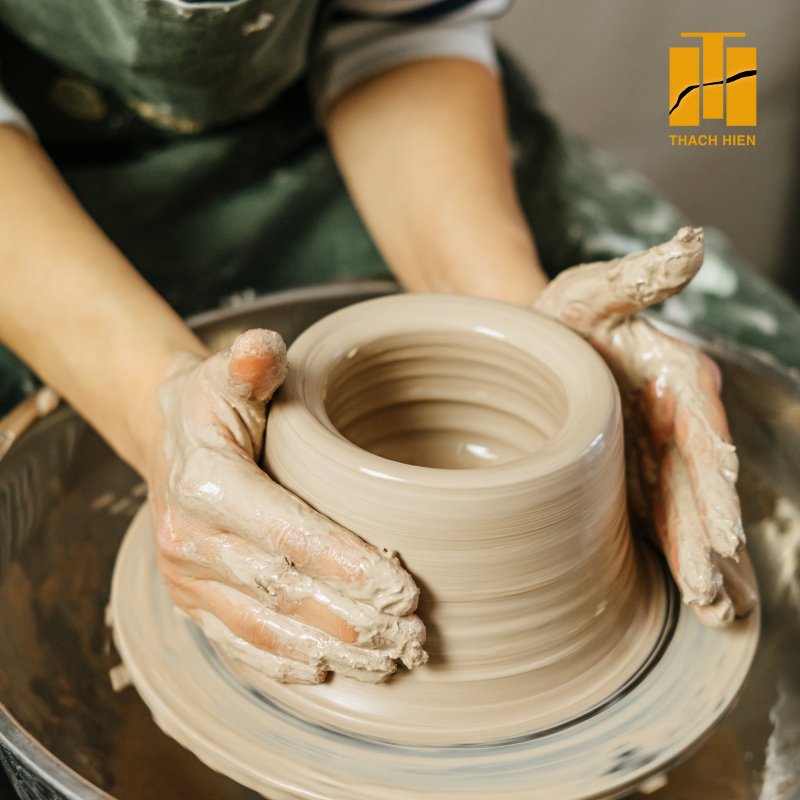
Production of refractory materials
In the refractory industry, kaolin is used to produce refractory bricks, half-acid bricks and other refractories.
- The aluminosilicate refractory industry is one of the industries that uses the most kaolin. To produce one ton of refractory bricks, 1.4 tons of kaolin are needed.
- To evaluate and classify the quality of kaolin used for the refractory industry, it is necessary to pay attention to two factors: the maximum refractory temperature and the presence of oxides. When the Al2O3 content increases, the refractory strength also increases; if there is free silicon oxide in the form of sand particles, it will reduce the plasticity of kaolin.
- Kaolin used in the production of refractory materials is divided into the following types:
+ Base type: Al 2 O 3 + TiO 2 content over 30%;
+ Semi-Acid type: Al 2 O 3 + TiO 2 content below 30%;
+ Mixed coal type: Loss during firing is over 16-20%.
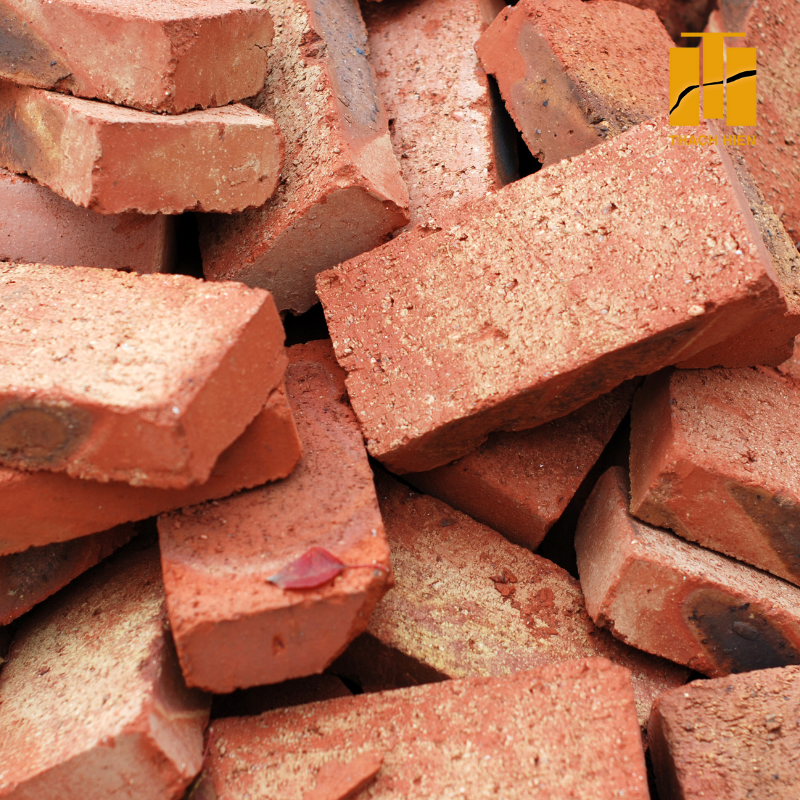
In the fertilizer and pesticide production industry
Kaolin is used as a filler and coating agent, which is very important in preserving and improving the quality of fertilizers. In the production of pesticides, kaolin helps to improve diffusion, adhesion and chemical inertness.
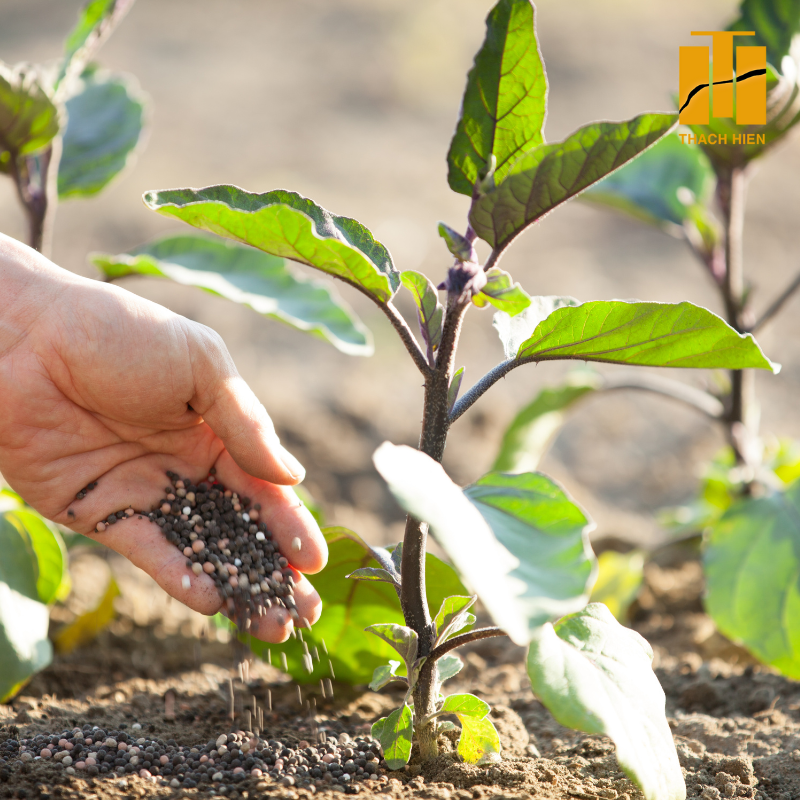
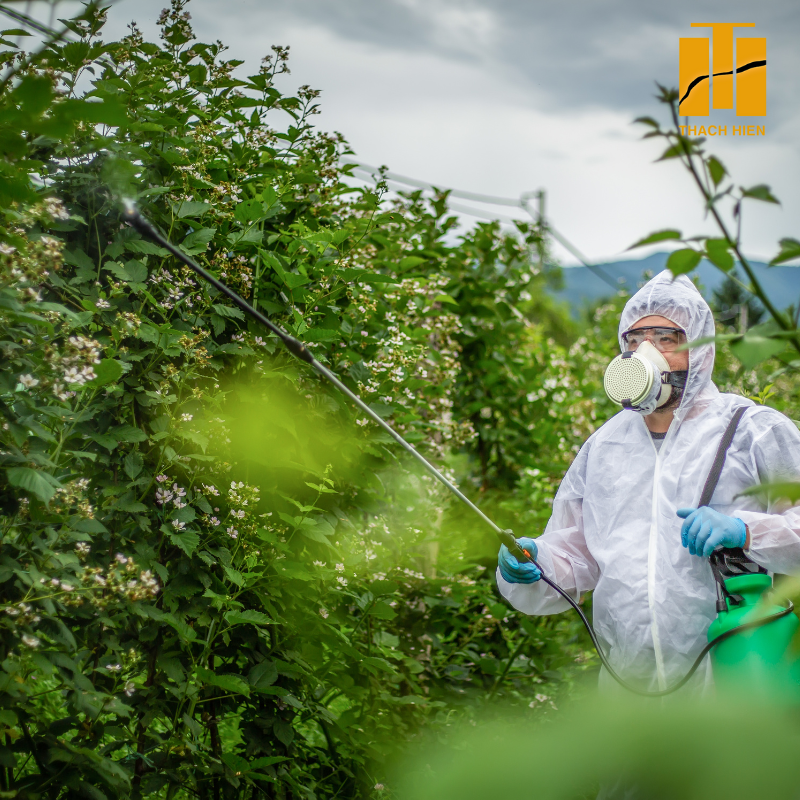
In the paper industry
Kaolin gives the paper a smoother surface, increases the tightness, reduces the opacity and increases the ink absorption to the best level. Normal paper contains 20% kaolin, some paper contains up to 40% kaolin.
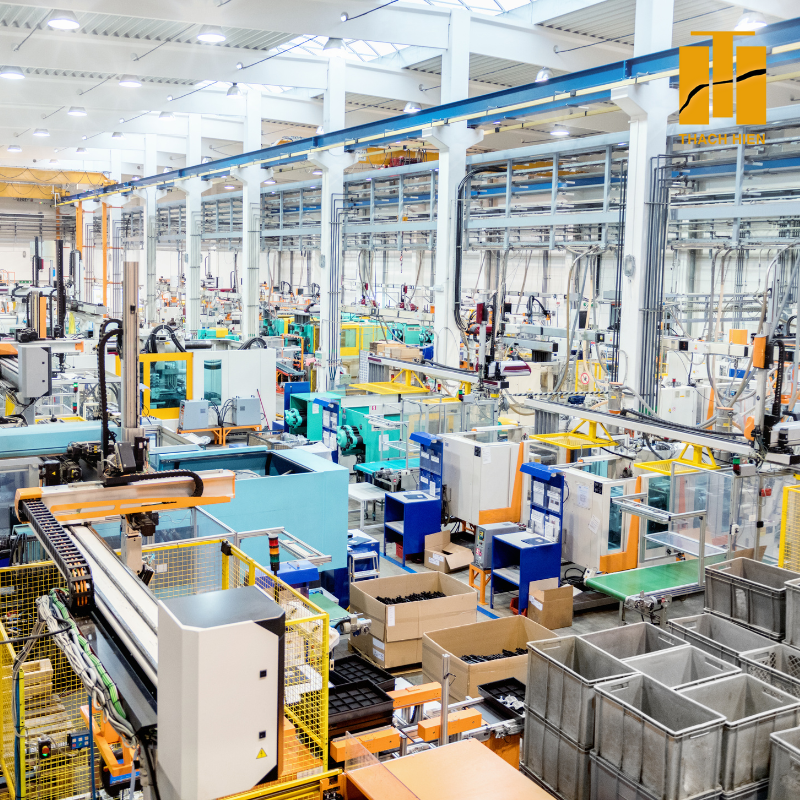
In the rubber industry
Kaolin increases the hardness, elasticity, insulation and durability of rubber.
Kaolin standards used in the rubber industry
| CHEMICAL COMPOSITION | Content |
| Fe 2 O 3 | < 0.75% |
| SO 4 – | < 0.4% |
| Particle size | < 1,670 holes/cm |
| Humidity | < 1% |
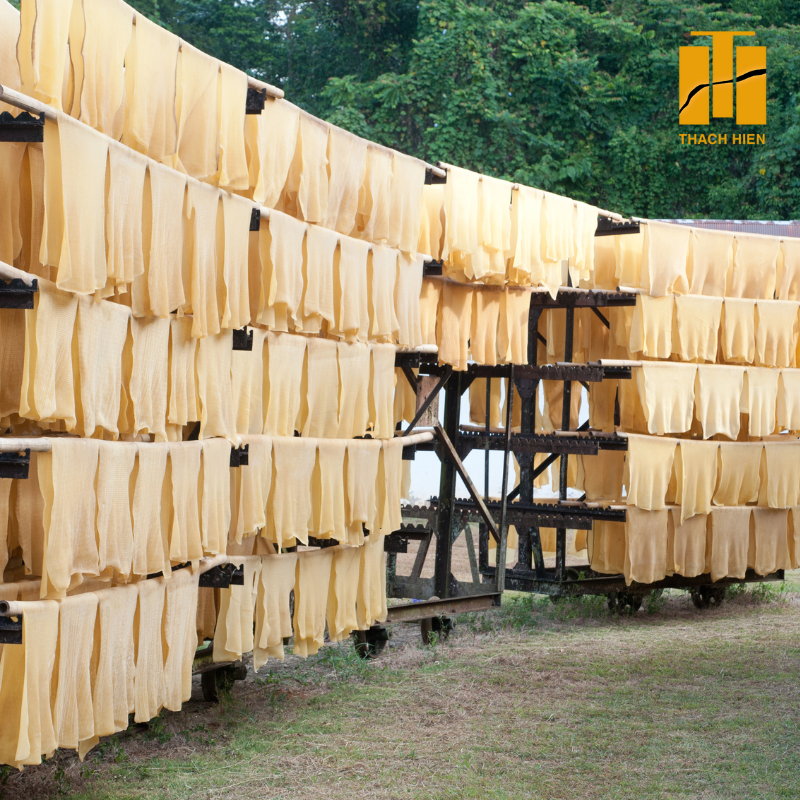
In the production of artificial leather (faux leather)
Kaolin is a filler in the artificial leather industry that increases durability and elasticity. To make artificial leather filler, Kaolin passing through No15 sieve must have whiteness > 85%, Fe2O3 content < 0.75%, SO4- < 0.4%; humidity < 5%.
Kaolin standards used in the artificial leather industry
| CHEMICAL COMPOSITION | CONTENT |
| Whiteness | > 85% |
| Fe 2 O 3 | < 0.75% |
| SO 4 – | < 0.4% |
| Humidity | < 5% |
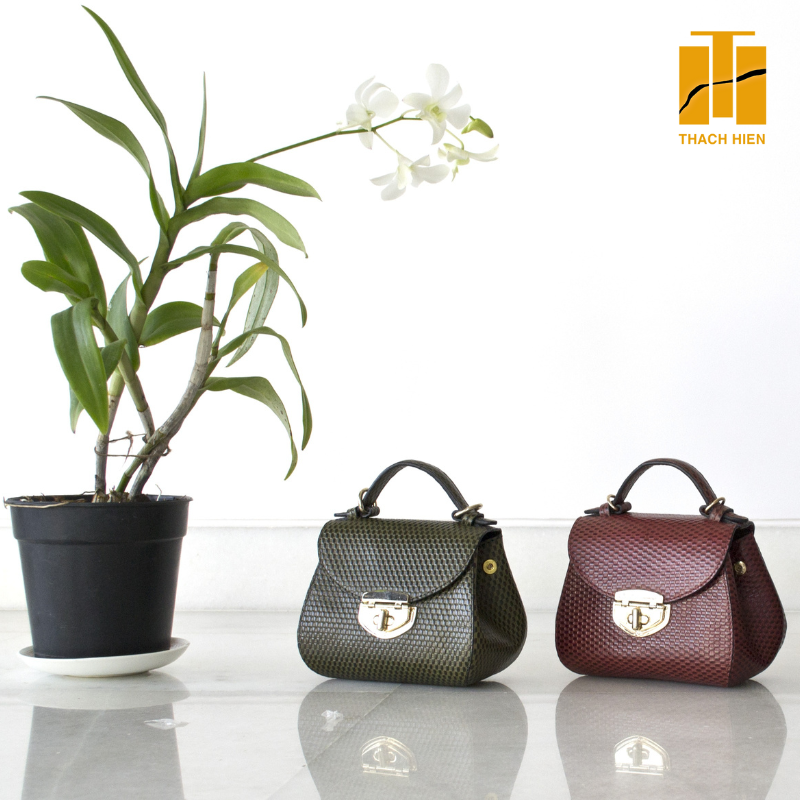
In the production of paint and adhesives
In the paint industry it increases the viscosity and causes the paint to become opaque. As a filler in the adhesive industry.Kaolin standards used in paint and adhesive manufacturing industry
| CHEMICAL COMPOSITION | CONTENT |
| Density | 2.6 g/cm 3 |
| Particle size | 2.4-5 m < 58% |
| Oil tolerance | 46.5-59 cm 3 /100 g |
| NO MIXATION OF ALKALINES AND ACIDS IN FREE STATE | |
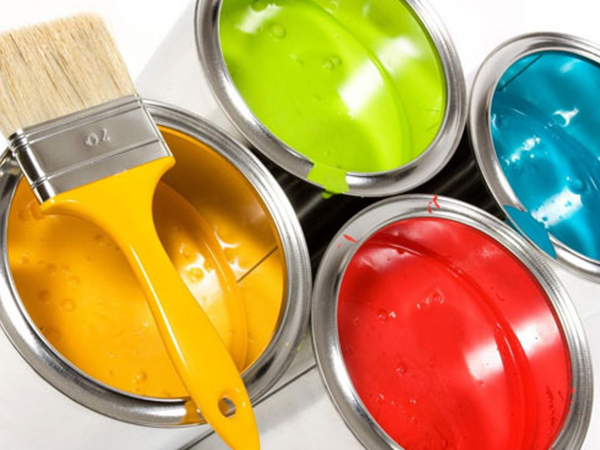
In soap making
Kaolin has a solidifying effect during production and absorbs grease during use.
Kaolin standards used in the soap manufacturing industry
| CHEMICAL COMPOSITION | CONTENT |
| Sieve grain size 0.053 mm | >90%, no sand |
| Fe 2 O 3 | 2-3% |
| TiO2 | 1% |
| Exchange base | 0.8-2% |
| Carbonate | 15-20% |
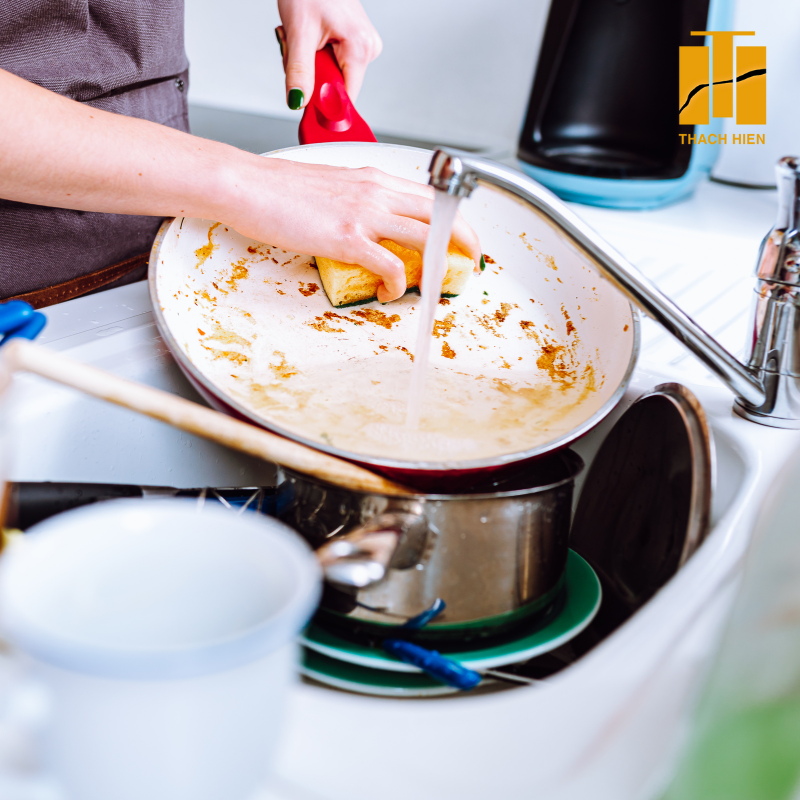
In the production of grinding discs
People compress a mixture of abrasive particles (Corundum powder, diamond powder) with a mixture of kaolin, quartz, and feldspar and heat it at 1,350 0 C.
Kaolin standards used in grinding disc manufacturing industry
| CHEMICAL COMPOSITION | Content |
| Al 2 O 3 + TiO 2 | < 0.75% |
| Fe 2 O 3 | < 0.4% |
| Fire resistance temperature | < 1,670 holes/cm |
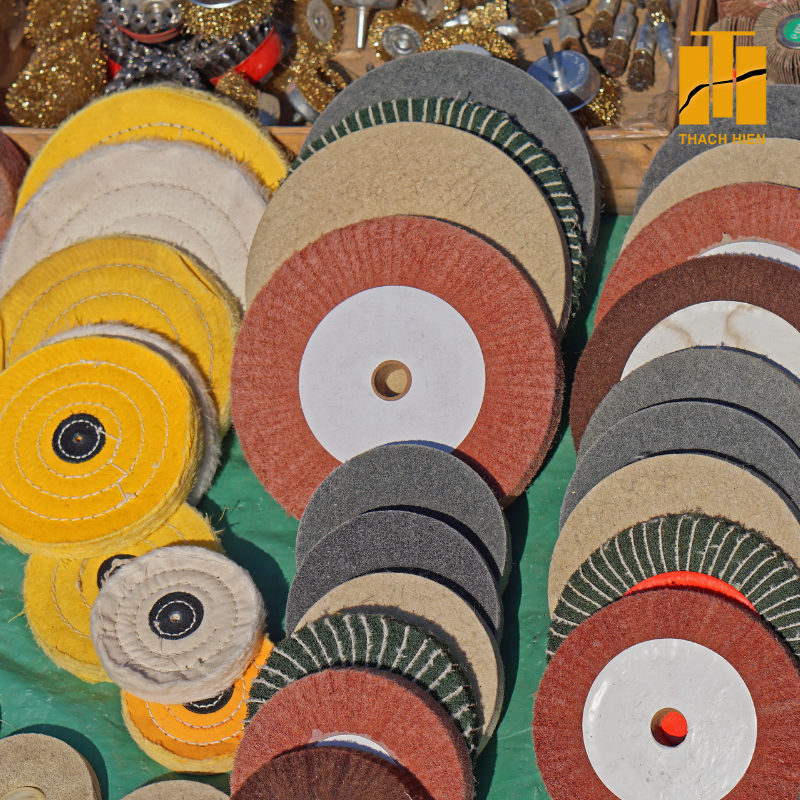
With more than 15 years of experience in the industry of providing manufacturing additives, THACH HIEN ONE MEMBER CO., LTD is committed to providing customers with products that meet standards with the best quality. Customers who need more detailed advice on parameters as well as prices of black stone according to each size, please contact: Hotline 0986 306 052
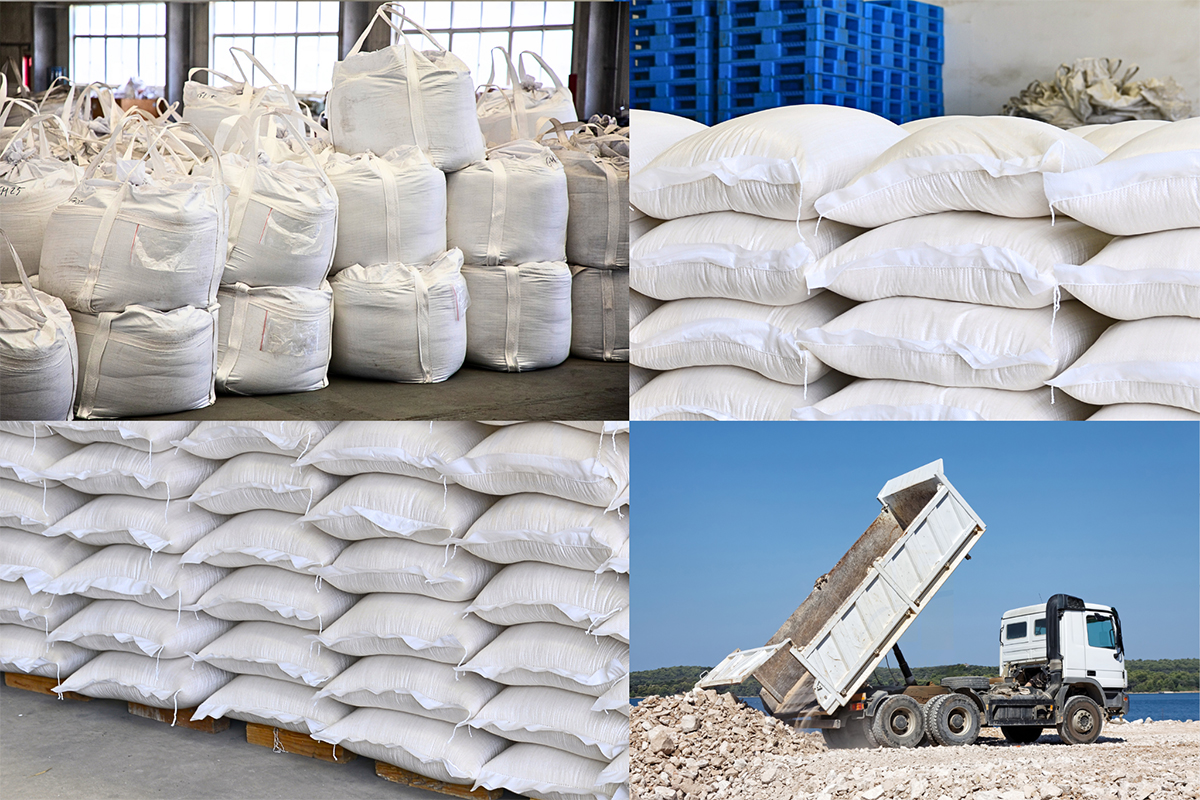

 vn
vn